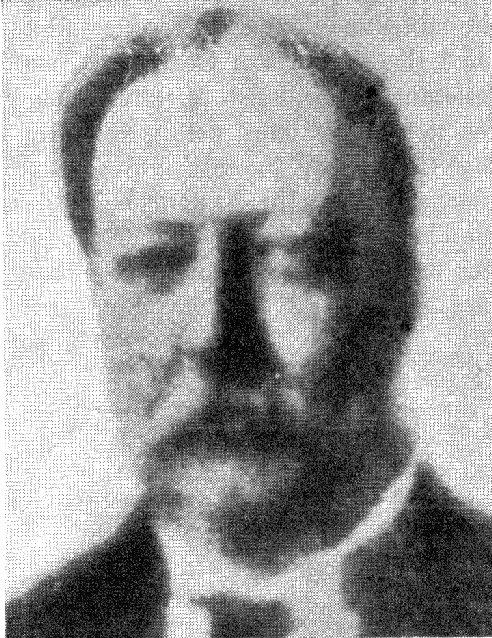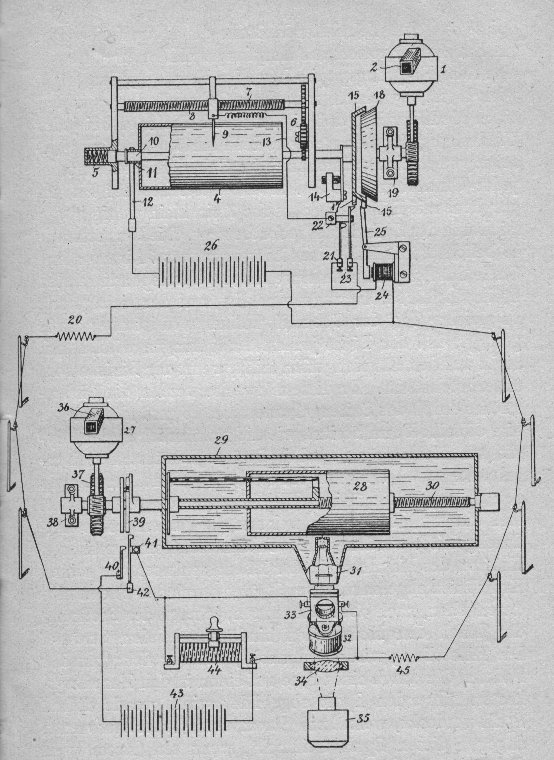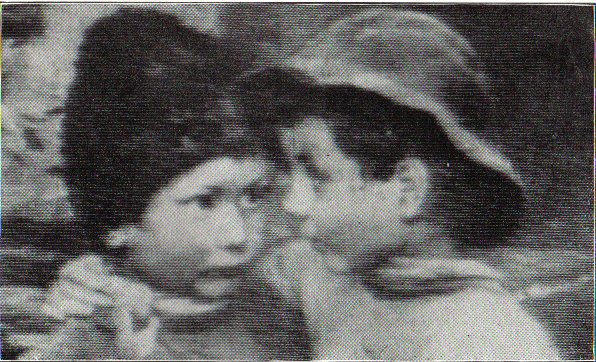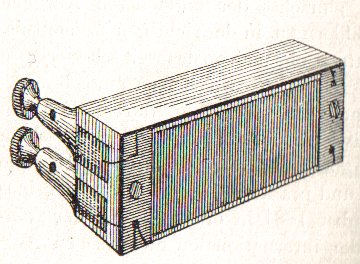Prof. A. Korn, of Berlin, has devolpement a photo-telegraphic method of transmitting photographs and drawings that is said to be practicable and to have given good results.
Several periodicals are said to have used the method 1906.
Commercial use of Korn's system began in Germany four years later. By 1910, Paris,
London and Berlin were all linked by facsimile transmission over the telephone network.
The invention makes use of selenium, which change its recitance as the intensity
of light falling upon it varies.
A resistance made of selinium is called a selenium cell.
It consist of a piece of slate with two fine platium wires wound paralel around it with a small space between them which is filled with selenium.
The resistance between the two platium wires will then depend on the resistance of the intervening selenium. A strong light falling upon the selenium lowers its resistance.

Photgraph of president Taft sent from Washington to New York over a wire circuit by the
Korn method about 1911. (Courtesy of Collier´s
Discription of the Korn System.

A photographic film to be transmitted is wrapped around a glass cylinder on which a strong light is concentrated.
The concentrade light rays pass through the film, the amount transmitted varying with the thickness of that point of the film directly in line eith the light rays.
By means of a mirror, the light that has passed through the film is thrown on a selenium cell, which, therefore, receives more or less light according to the tone of the various parts of the picture.
The strenngth of an electric currentpassed trough the selenium cell from a battery or other source of electricity will vary, for the resistance of the selenium cell varies in accordance with the quantity of light upon it.
This current is transmitted through the line and at the distant end controls the intensity of a strong light that is concentrated on a small portion of a sensitized film wrapped around a cylinder similair to that at the transmitting end. This cylinder revolves in a box impervious to light.
Variying current is passed through two very delicate parallel silver wires suspended between the poles of a powerful electromagnet. A small shutter is attached to the wires, which, by their position, control the light from an electric lamp that can pass to the sensitisized film. The displacement of the two wires in the strong, but constant, magnetic field varies with the strength of the line current passing through them.
The light falling on the receiving film varies in intensity in accordance with the transmitting current; this varies in accordance wih the selenium resitance in the transmitter; and this is turn, varies with the intencity of the light falling uppon it, wich in turn depends on the thickness, or density of that part of the photographic film trough which the light is passing at the particular moment.
The two cylinders rotate synchronously and the light rays pass slowly from one end to the other end of the ratating cylinders. Thus light rays trace spirals over the entire surfaces of both transmitting and receiving films.
 |
The photograph of two childern´s head was transmitted satisfactorily from London to Paris in less than 15 minutes.
- (C) Marius Rensen



